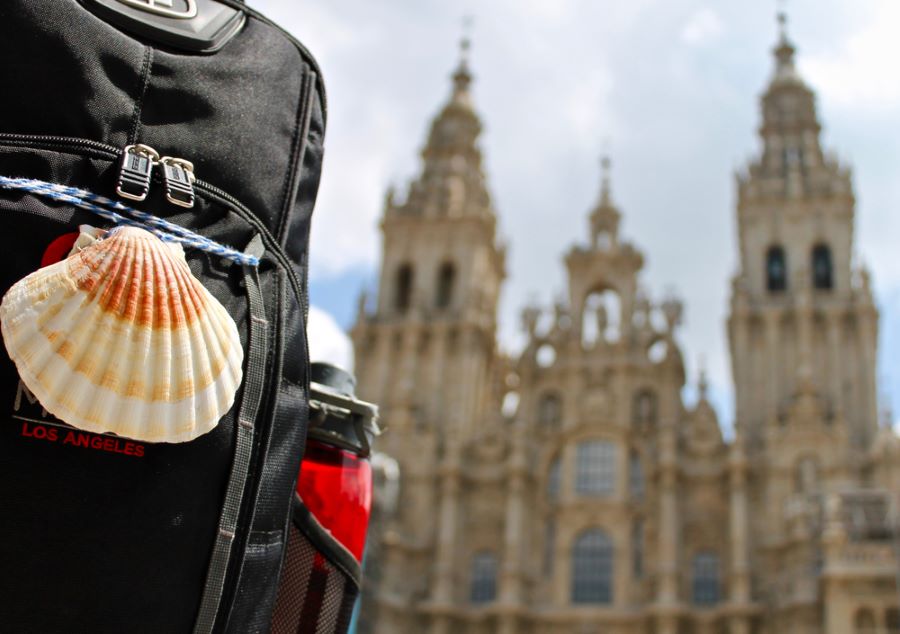For a year and a half it was understandably very quiet on the pilgrimage route to Santiago de Compostela. The Camino de Santiago converges from different sides of Spain and ends deep in Galicia. The sector is ‘relatively optimistic’ about the coming months.
Since January 1st, 11,200 pilgrims have walked the path. According to figures provided by the Galician Ministry of Tourism, more than half of them walked in the first 15 days of June. The ministry recently arranged the opening of the inns with the Association of Private Hostels Agalber. The sector is “cautiously optimistic” due to the increase in the number of pilgrims, said Agalber president Miguel Miguel Angel Rodríguez. “We expect a progressive recovery and a significant uptick in pilgrim numbers for this second semester,” he added.
To accommodate these pilgrims, almost half of the hostels were already open on 15th June. Accommodation in the private network, which had been open since March, supplemented this. “But the network will continue to grow and during this Double Holy Year – the period 2021-2022 – another five will be opened, so this Jacobeo will end with 78 public overnight locations.”
Increase in demand
Both the private sector and the Galician government confirm an increase in demand. “At the weekends, the arrival of pilgrims even doubles”. This is also in line with ‘normal’ years, in which the months of June, July, August and September are the busiest for pilgrims walking the Camino de Santiago.
In 2019, more than half of all pilgrims came from abroad. Therefore, they are assuming the number of pilgrims will increase even more once international mobility recovers.
Different roads to Santiago
The French and Portuguese now make up the largest share of foreign pilgrims on the various roads to Santiago. Several routes converge in Spain. This year’s arrival has so far been divided. The French route concentrates half of the pilgrims. Following are the Portuguese route (23%), the English route (7%), the primitive route (6%), the Portuguese route along the coast (5%), the northern route (4%), the Silver route (Vía de la Plata) (3%) and other routes 2%.


